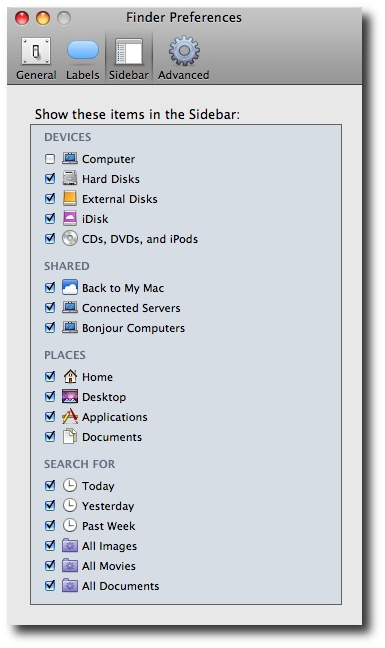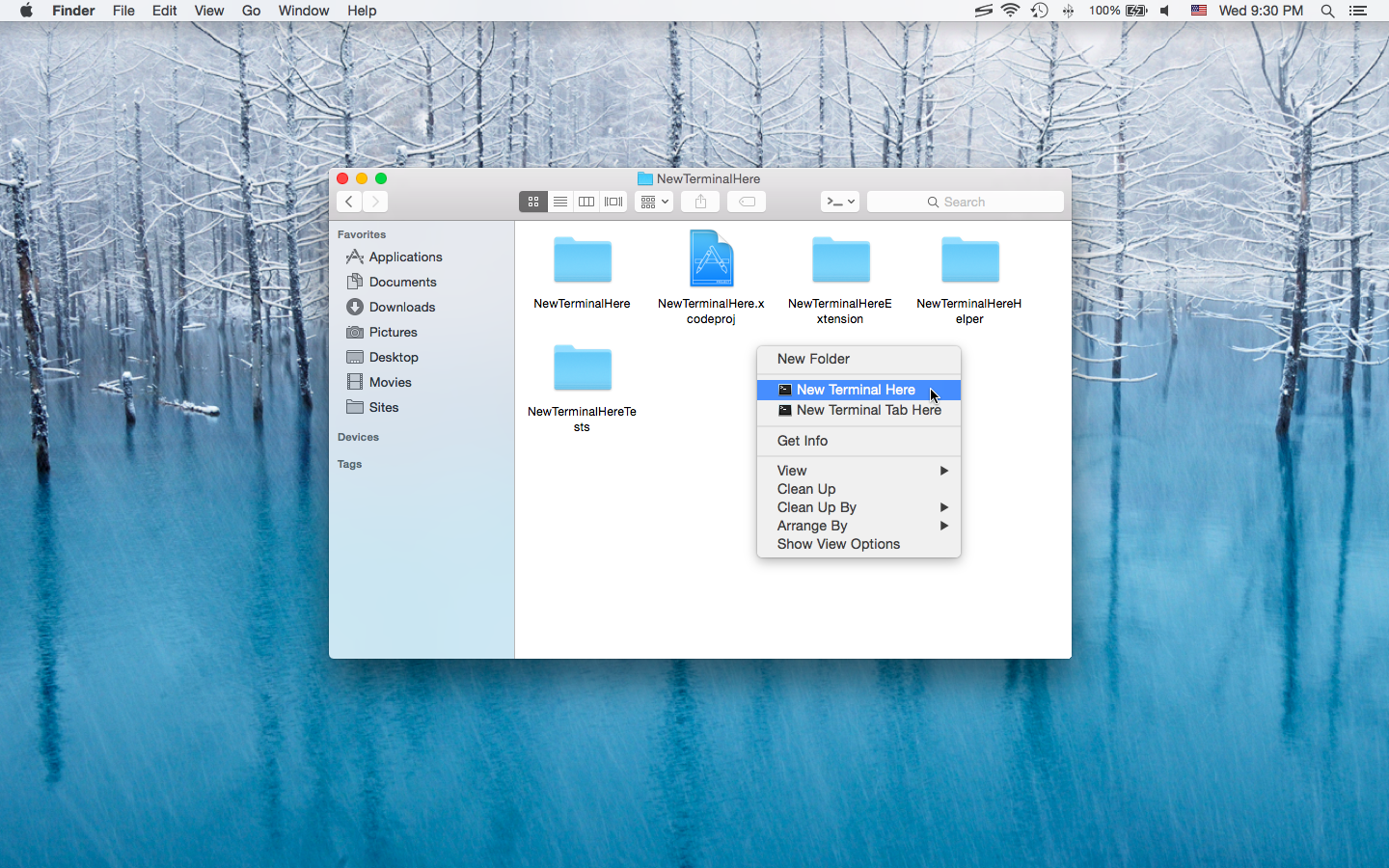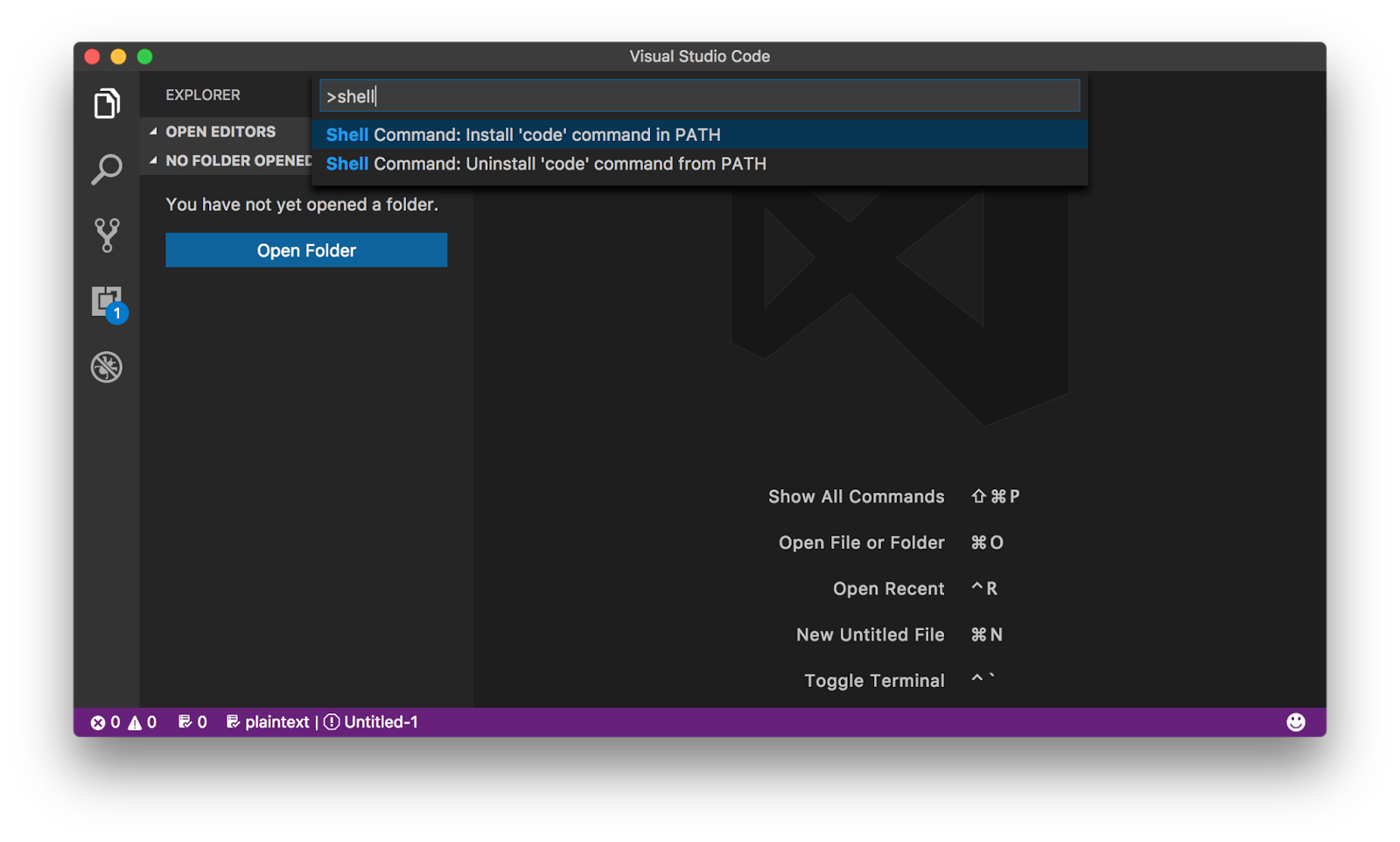

- #Macos finder open terminal here how to#
- #Macos finder open terminal here for mac#
- #Macos finder open terminal here password#
- #Macos finder open terminal here download#
- #Macos finder open terminal here mac#
Replace original with the current directory and new with the name of the directory to which you want to copy the contents. Type in the following command:ĭitto -V ~/original/folder/ ~/new/folder/ Copy contents from one folder to anotherĬopying contents from one place to another is fairly easy with Terminal. Sudo sysctl debug.lowpri_throttle_enabled=1 11. But do you know? You can speed up time machine backup using the terminal by this command. The easiest way to take a backup is to use Time Machine.
#Macos finder open terminal here mac#
Whenever you’re updating the Mac to the new version, backups are essential. Just as shut down, you can restart your Mac by To shut down your mac with CLI (Command Line Interface) aka Terminal, use.

However, we already have a detailed guide on how you can access, copy, or move data to your iCloud Drive, which you can check out anytime. To access the data from your iCloud Drive, use the following command.Ĭd ~/Library/Mobile\ Documents/com~apple~CloudDocs/ Use “False” instead of “True” in the above command to hide files again.

Before deleting anything, run a Google search. Now you will get to see all the hidden files.Ī word of caution: Don’t delete important system files. The solution for this is the below Terminal command that lets you view hidden files.ĭefaults write AppleShowAllFiles -bool TRUE However, the feature becomes a limitation whenever you want to view hidden files on an external drive. The fail-safe mechanism assures that you don’t delete a system file by mistake. Interestingly you can also change the extension of the output file. In other words, you need to mention the origin and target file names. Specify the origin in the source folder name. Swap Output folder name.zip with the desired name. You need to navigate to Desktop and select the folder using the below command. Using Terminal, you can compress and password-protect the folder.

#Macos finder open terminal here password#
You can share the password separately with recipients. I recommend password-protecting sensitive data before sharing it with anyone.
#Macos finder open terminal here download#
Note: If you want to download the contents to any other directory, replace “downloads” with the directory name.Ĭurl -O 6. This method is useful only if you have a direct download link. Want to download a file directly? With Terminal, you can download a file directly from the Internet. However, it is easier to use Terminal to keep your Mac awake with the following command. Of course, you can change Sleep Settings in System Preferences. It is annoying when your Mac goes to sleep when you are off for a short break.
#Macos finder open terminal here how to#
Now, let’s see how to get most of Terminal! 12 macOS Terminal commands to supercharge your Mac experience 1. Type Terminal in the Spotlight Search bar.Tap the magnifying glass icon in the menu bar to open Spotlight.Īlternatively, you can also press command + spacebar to open Spotlight.Spotlight is undoubtedly the easiest way to open Terminal on Mac. Let’s start with the basics! How to open Terminal on Mac However, I’ve a useful list of macOS Terminal Commands that you can learn easily and do things instantly. This tool is often overlooked as it is different from the GUI (Graphical User Interface), offering a rich interface. Terminal is a CLI (Command Line Interface), the language we type which interacts with the Mac. Although Terminal commands may seem intimidating to carry out, they aren’t! Once you know them, you can quickly perform tasks like shutting down your Mac or copying contents from one place to another in a few clicks. To begin, you’ll need to open the Terminal.Terminal is one of the most powerful macOS apps, allowing you to perform actions with different commands. How to Open Any Folder from the Mac Terminal Next, we show you how to get the job done. Given the above, it’s easy to see why you may want to have the knowledge. If you’re in a rare situation where macOS is acting as server software, you may only be able to use the Terminal to navigate the Operating System (OS).If this is the case, it may be the path of least resistance to stay inside the Terminal as much as possible.
#Macos finder open terminal here for mac#
Developing for Mac often means working within the Terminal.If you’re a command line user, it may be something you have in your toolbox.Though, you’ll find it will come in handy in the following situations: We admit, using the Terminal to open folders isn’t a natural way to get around macOS. But it’s not the only way to access files or folders within macOS. This is a Graphical User Interface (GUI), and it’s macOS’s directory navigation de jure. We also show you how to create a custom shortcut to carry out this command.Īlso read: How to Customize Your Mac’s Terminal for Better Productivity Why You’d Want to Open a Folder From the Mac TerminalĪs we noted, the preferred way of opening a folder is by using Finder. As such, this post will show you how to open any folder from the macOS Terminal.


 0 kommentar(er)
0 kommentar(er)
